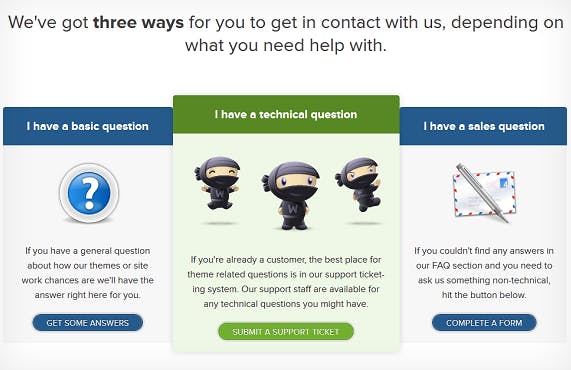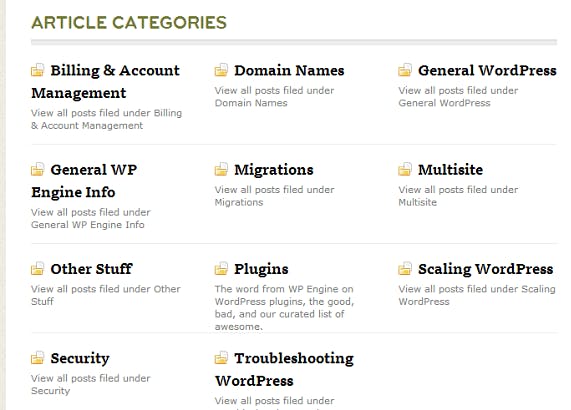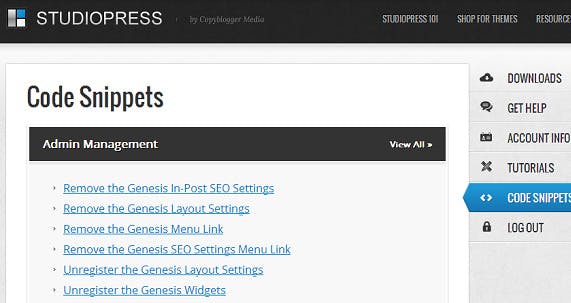Stop Being a Customer Support Dictator


Quality customer service cannot be maintained with an iron fist.
The way most small-business publications read though, you'd think it was a must in order provide the level of customer care they claim every business needs.
Everywhere you look, places like Forbes, BusinessWeek and Harvard Business Review are insisting that the "company of old" is dead, and that customer service is the “new” marketing.
It's true that customers (thanks to the web) are now more informed than ever. The average customer is going to know more about your products and services than you can imagine, all before they make initial contact with someone from your company.
While everyone loves joining in on the "WOW your customers!" bandwagon, few are willing to discuss the sometimes less sparkling side of implementation.
Specifically, how can you achieve a high level of satisfaction as your customer base begins to grow, while still maintaining very lean expenses?
There are quite a few ways.
One is choosing the right medium to engage customers in; a platform that you can use (and scale) consistently to provide outstanding online support.
Our friends at Wistia showcased this lesson learned when they unabashedly dropped their phone number from their website: while emails went up, the process scaled much more smoothly, and they were able to continue to provide the exceptional customer service that they are known for, all the while getting to know their customer's pain-points better via email.
Similarly, the use of content as a form of support can successfully solve this dilemma.
Today, I'd like to address how content can be used to both support and inform customers, engaging them long after the sales process is complete. I'd also like to show how it's sometimes good to leave your customers be and "get out of their way" when providing great service.
Content as Support
Content, to some, seems like a faceless form of support... and it often is, but I have to ask, is that always a bad thing?
While I'm quite familiar with the power of spending more time with customers, support-centered content, when written well, allows you to connect with customers in a way that scales like no other.
Using content as a way to solve customer dilemmas may seem like a bad idea, but that's only if you've fallen under the spell of “hoo-rah” customer service evangelists who are all talk and no implementation.
Fact is, great content creates engagement at all levels. Having a stronger attachment to your product/service and brand will go a long way in turning passerby customers into loyal ones.
At the same time, creating exciting, useful content that also acts as a form of support frees up your time from F.A.Q's and beginner questions to focus on the more difficult support queries.
In a very clever example, you can see here how WooCommerce subtly hints for newer users to access their content first when they have a support question. The first three options all lead to content-centric solutions, as do the last two.

Better yet, when hitting Woo's contact page, the user is presented with the option of answering a "basic" question, and the selection leads to Woo's FAQ section.

This sort of content is absolutely necessary for keeping happy customers and maintaining a manageable amount of support emails.
Not only can users solve simple problems on their own, those who wish to dig in more with their new product (the customer "sandbox") have a slew of content at their disposal, increasing enjoyment and empowering active customers who don't want to have to reach out to support every time they have a question.
Speaking to the truth that "all content is marketing", the Woo support content is easy to understand, not excessively dry, interactive (with videos), and creates engagement even at the support level.
If you should run into a problem outside of the scope of the content provided, getting a hold of an actual person is always an option and very easy to do.
Bottom line: Superior customer service cannot be maintained with an "iron fist".
Tutorials, webinars, product guides, and FAQ sections are all resources that allow you to get out the way of your customers and not feel bad about it!
Examples of Great Implementation
Ironically, the key to better support content is to understand YOUR pain points when it comes to customer support.
Are there questions that you constantly receive on a particular topic? Do any particularly tricky questions hit your inbox time and time again, taking a lot of time to reply to?
This is where content is a godsend and not a customer hindrance:
From the viewpoint of your customer, the end goal is "problem solved" + pleasant service, and that applies to when they are dealing with an actual human and when they aren't.
Putting this into action if you've never created content as a form of support can be tricky though, so it's best to learn by example.
Here are some great instances of content being used the right way.
WPEngine
I can attest to this one on a very personal level, as I just became a WPEngine customer last month and had to deal with the headaches of site migration!
Since the process was fairly new to me, I can only imagine the number of questions/live chats/pleading tweets I would have had to send if they didn't cover everything and the kitchen sink in their support section.

Point is, customers like me don't always want to talk to someone, especially if it involves something that will take a myriad of Q&A's to get down pat.
In those cases, it's actually faster to learn with pre-made instructions, and since you can't screencast with each and every individual customer, content serves as the way to provide in-depth tutorials (with screenshots!) on the most common problems.
StudioPress
One of our featured companies with exceptional customer service, the StudioPress team, makes an appearance here, but for a slightly different reason...

Their "content as support" section serves as a great example because they offer sandbox software, or software that users are often tweaking to their own preferences (they sell a WordPress theme framework + child themes).
Given this problem, in addition to having a standard FAQ, there are multiple resources on implementing many common customizations and tweaks that users are fond of, in the form of "code snippets" for their Genesis Framework.
This helps keeps "broken record" questions on customizing the framework down to a minumum, and provides a single linkable resource for people looking to get started with customization.
Few other competitors in this space have a section like this, and it serves as a creative example of using content to provide support in all areas of the customer experience.
HubSpot
HubSpot is a bit of a unique example here. Although they have a great support team (and support content), one of the things they do best is educational content.
Although company blogs serve this purpose for most startups, HubSpot takes things to the next level with HubSpot Academy, a one stop shop for "inbound marketing" training (which compliments the software that HubSpot provides).

Educational content outside of the realm of product use is incredibly important (and often overlooked), especially when a majority of your users are inexperienced/beginners.
HubSpot uses this to their advantage by being the source of educational content for all of it's users: not only are people coming to the site to use the platform, but they're also returning to learn how implement inbound marketing more effectively.
Getting customers at this "inception" (beginner) stage is key, as they will remember where they learned the basics and stay loyal to your brand if you help them solve their implementation problems.
